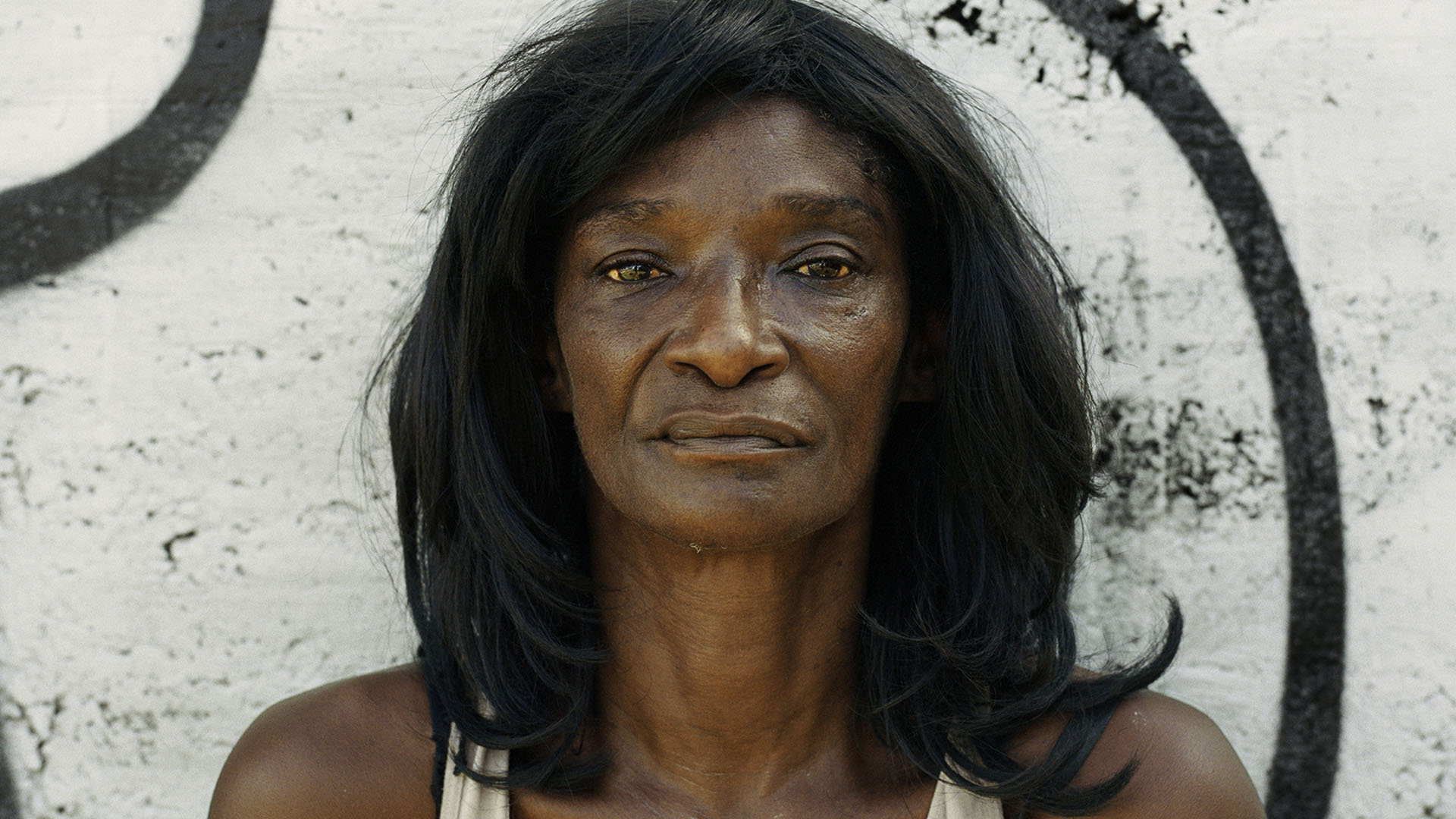With her third book, the photographer Marion Gronier, now living in Marseille (France), seeks to restore the faces of the people who founded the United States of America.

You’re getting blind.
Don’t miss the best of visual arts. Subscribe for $9 per month or $108 $90 per year.
Already suscribed ?


